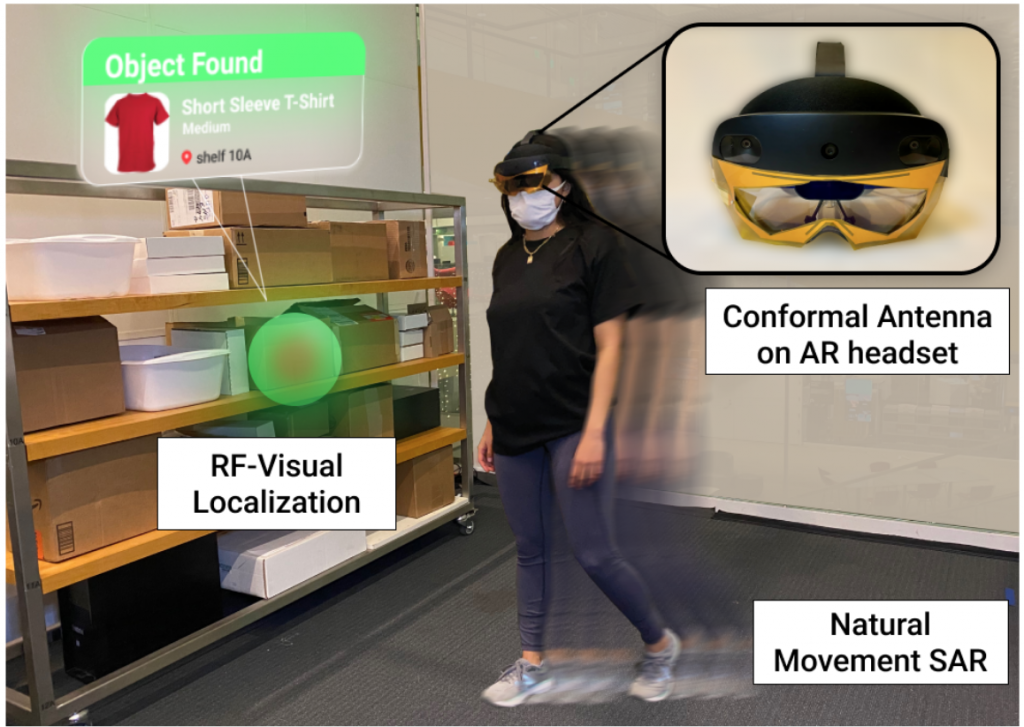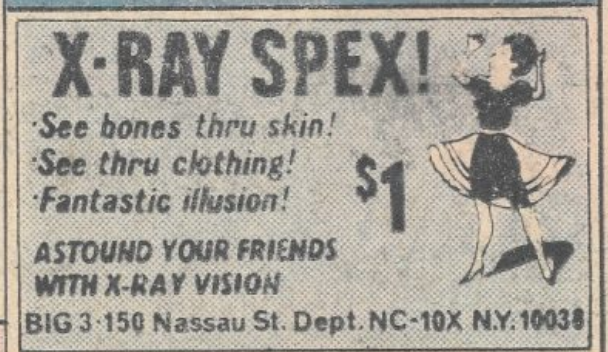
“There are many technical contributions, but it is also a blueprint for how you would design an AR headset with X-ray vision in the future,” said Fidel Adib, Associate Professor in the Department of Electrical Engineering and Computer Science at MIT. (Source: Signal Kinetics)
X-AR Guides Users to Objects, Verifies Successful Findings for Researchers
It’s a pretty safe guess that 90% of males over a certain age can recall the marvelous x-ray glasses that used to be advertised on the back of our favorite comic books.

Of course, they didn’t work, but oh, the daydreams we had. Some researchers over at MIT must have had the same visions. In an article on vrscout.com comes the news that they might have invented an x-ray headset that works.
Researchers based out of the Massachusetts Institute of Technology (MIT) are working on an augmented reality (AR) headset that uses holograms to guide users toward hidden objects. The device can even verify whether or not the user has picked up the specific object they are looking for using a combination of wireless signals and computer vision technology.
The X-AR headset features an AR-conformal wide-band antenna with Radio Frequency (RF) sensing capabilities. This flexible antenna works in conjunction with the headset’s cameras to run an AR-Based SAR localization algorithm capable of identifying RF-tagged objects, even through specific materials like cardboard boxes and plastic bins.
Here’s how it works: data captured by the headset’s sensors are used to build a 3D representation of the user’s environment. The antenna then locates the position of the lost object within the environment with an accuracy of less than a foot and displays a sphere-like hologram over the real world. Users then follow a set of virtual footprints guiding them toward the object.
As previously mentioned, the X-AR is capable of verifying what object the user is holding with over 95% accuracy. Upon putting on the headset, users are presented with a selection of RFID-tagged objects to choose from. Once the object has been located, the headset checks to make sure its tag is sending the correct RF signals, confirming you’ve located the correct object.
So far it’s basically a digital hide-and-seek game. But it is making progress.
“Our whole goal with this project was to build an augmented reality system that allows you to see things that are invisible — things that are in boxes or around corners — and in doing so, it can guide you toward them and truly allow you to see the physical world in ways that were not possible before,” said Fadel Adib, associate professor in the Department of Electrical Engineering and Computer Science and senior author of the paper on the X-AR headset.
Well it’s close, but still not the x-ray specs we sent away in the mail for all those years ago
read more at vrscout.com







Leave A Comment